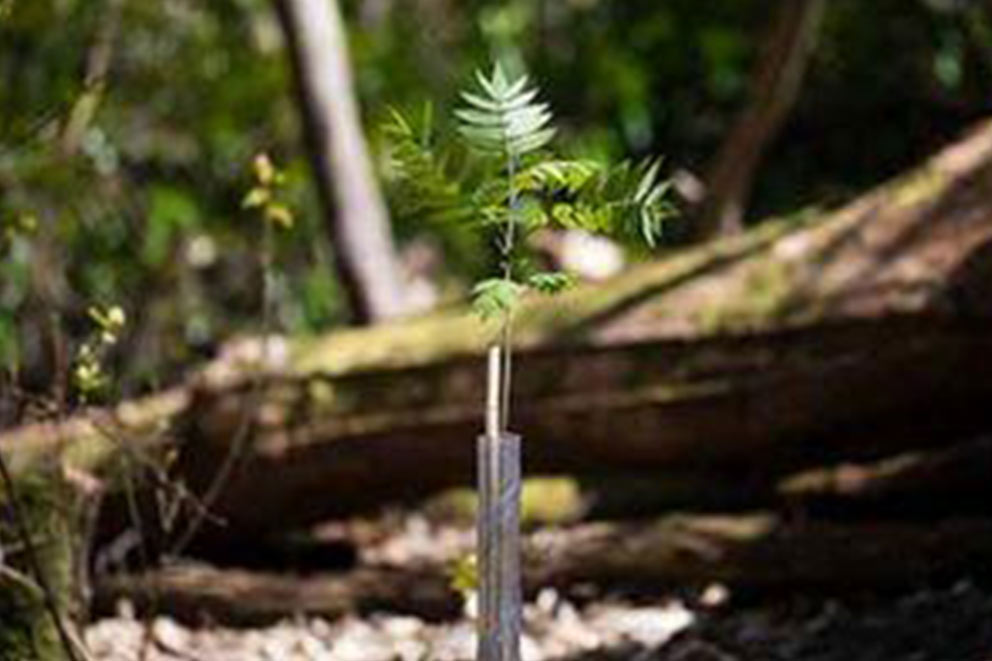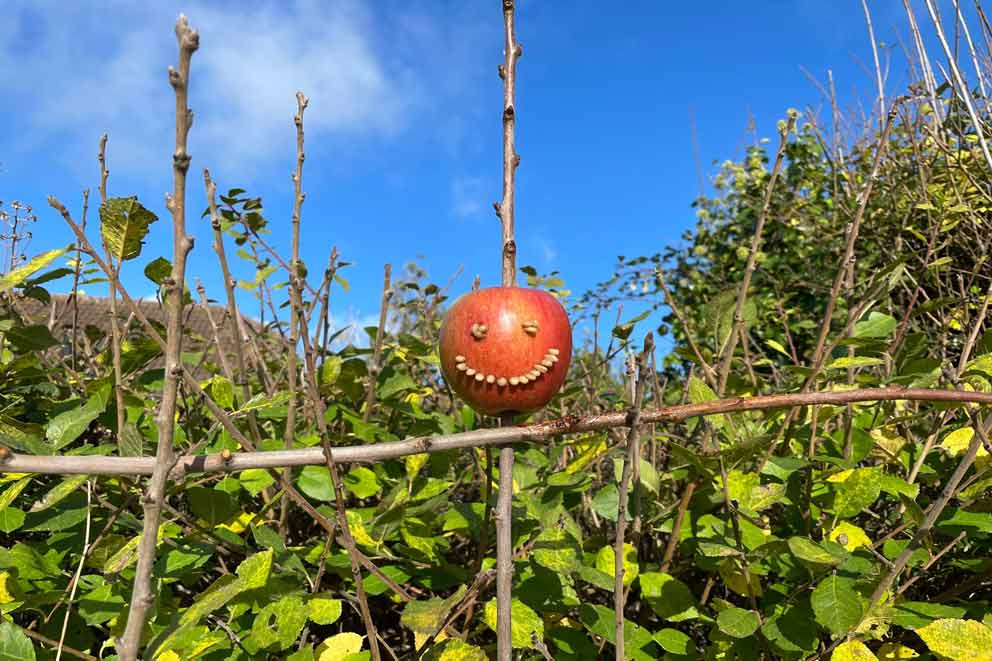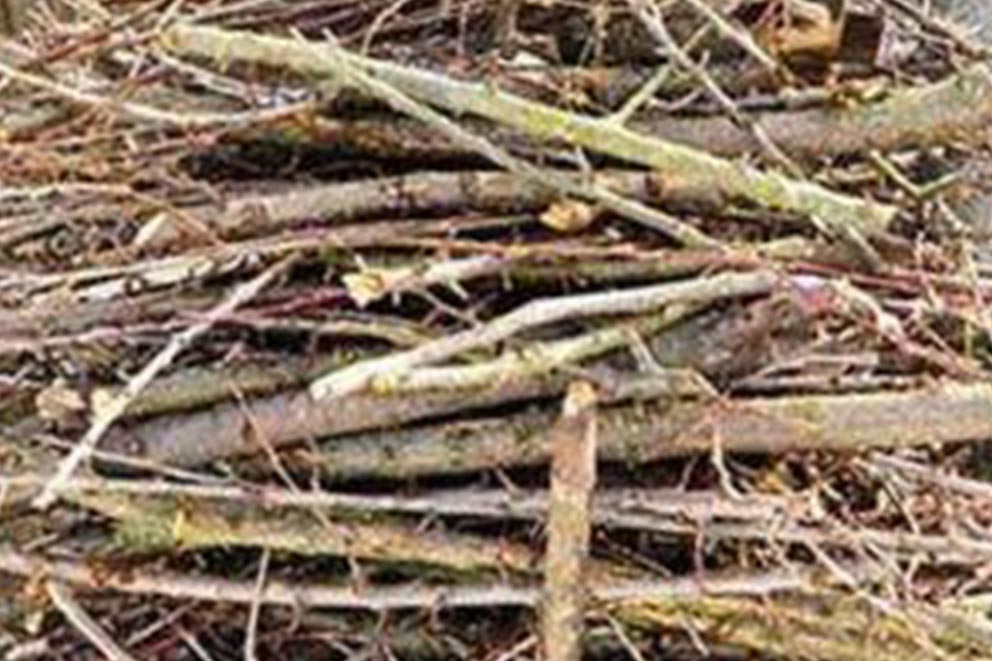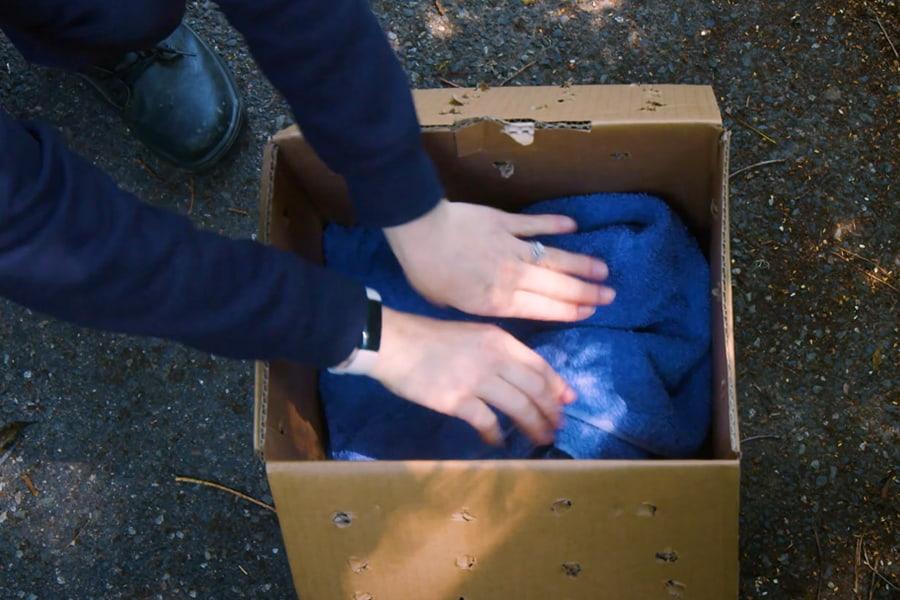How to plant native trees
Learn how to plant wildlife-friendly trees and turn your garden into an eco-friendly sanctuary for animals.
We’ll show you how to provide a source of shelter and sustenance for wildlife now and into the future, with our step-by-step tree planting guide.
- Suitable for: Adults, and children with their adults!
- Season: Late autumn to early spring

Tree planting for wildlife is also incredibly beneficial for the environment:
- Trees and shrubs of all sizes provide a habitat for birds, insects and mammals.
- Trees clean the air, soaking up carbon dioxide and releasing oxygen.
- Blossom, fruit and berries are a valuable food source for wildlife.
- Trees provide shade and protect us from the sun and wind.
- Roots add structure to soil, preventing erosion and offering some protection against flooding.
All this, and they also make your garden even more beautiful.
If it's not something you can do at home, look for local community planting schemes to join (you can use tools like the RHS gardening group finder), working together to make a safe space for every kind.
Jump to:
Choose your trees
There are many species of trees to choose from, and most trees can grow in a range of conditions, though some prefer particular soil types. To help you decide, look around your neighbourhood and see what's thriving.
Don't be put off if you only have a small garden – simply choose one of many compact species that will only grow as big as you have space for. Small trees and shrubs can even be grown in containers. Ask your tree nursery or garden centre for advice.
Plant native trees
There are lots of benefits to choosing native trees, from supporting local wildlife to reducing your carbon footprint. Long-living trees such as oaks and maples store carbon dioxide really well.
If you want something fast-growing, try trees such as alder, rowan, hazel, common beech, silver birch and willow. The RSPCA Garden at Chelsea features varieties of maple, birch, cherry, hawthorn and hazel – and they’re beautiful! It also has shrubs like elder and viburnum, which add structure and habitat, with flowers for pollinating insects.
When to get planting
Tree planting season runs between November and March – many trees are dormant during the winter, so less likely to get damaged.
Container-grown shrubs and small trees can be planted year round, but it’s better to do so between autumn and spring, when it's not too hot, as the cooler temperatures allow the plants to focus energy on root growth, rather than growing up towards the sunlight.
Plant your trees
Instructions
- 1 Water the tree's root ball – or pot, if it's in one – well before planting.
- 2 Dig a hole the same depth as your plant's pot or root ball, but three times as wide.
- 3 Place the root ball in the hole. The spot where the trunk meets the root ball should be level with the surface.
- 4 Refill the hole with soil and press it down firmly, so frost can't get in through any air gaps.
- 5 Push in a cane next to the tree – but not too close, as you don't want it to pierce the tree's roots.
- 6 Take a spiral, open one end and hook it around both the cane and the tree. Carefully wind it up to the top, making sure you don't damage your tree while you do it.
- 7 Then gently push down the cane and spiral around 1cm into the ground.
And just like that, you’ve planted life.
In years to come, this tree may become a shelter for or provide food to a whole host of creatures – all because you made the kind decision to plant one.
What you'll need
A spade
Canes
Non-plastic tree guards or spirals to protect saplings (young trees)
Your chosen trees/shrubs
Watch our video guide on planting new trees.
Look after your trees
Keep your trees healthy by letting others know where you’ve planted them – to prevent them being accidentally damaged.
Water well, especially during dry spells.
In the first three years after planting, keep a one-metre diameter around the tree clear of weeds and grass to reduce competition for moisture and nutrients.
Example Text




